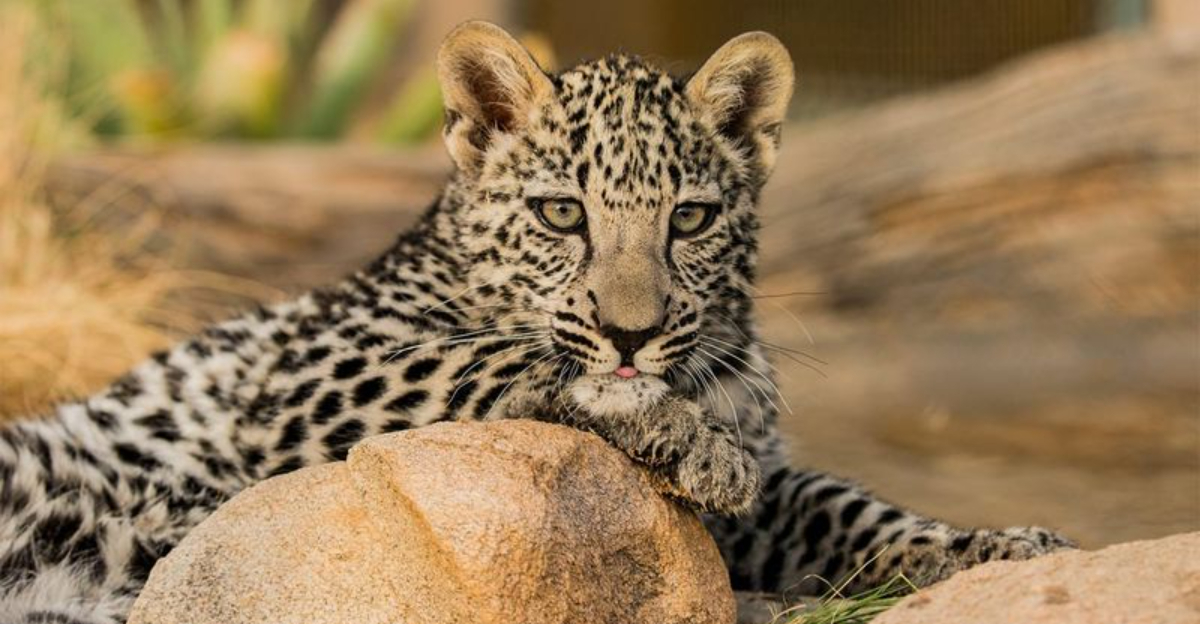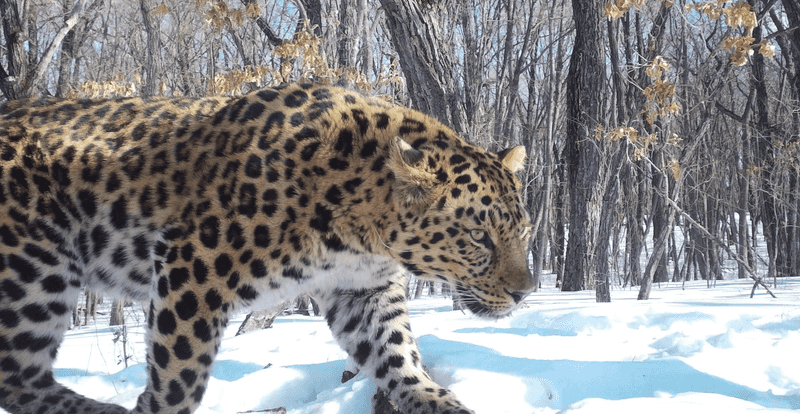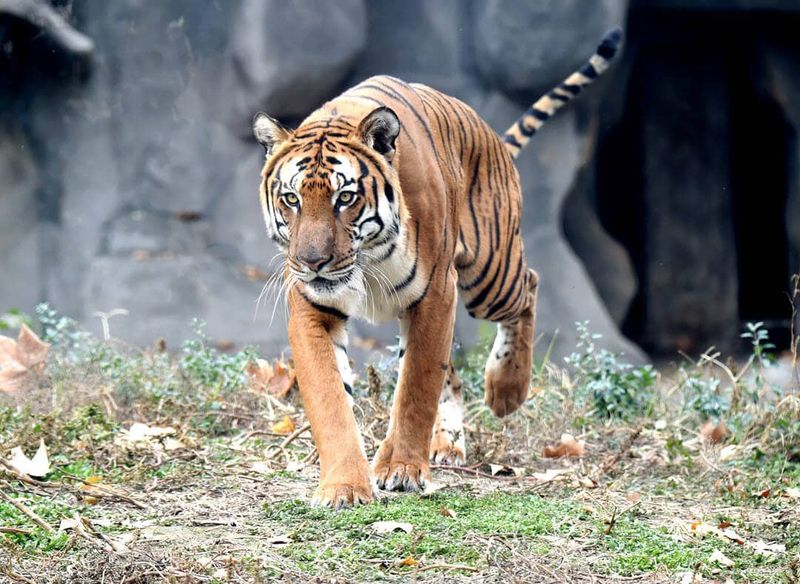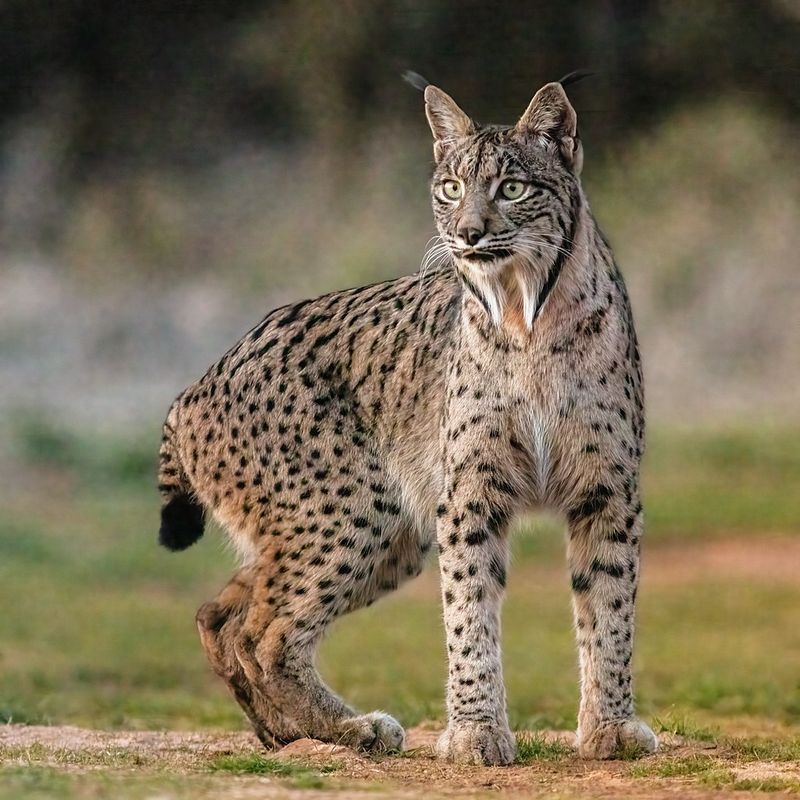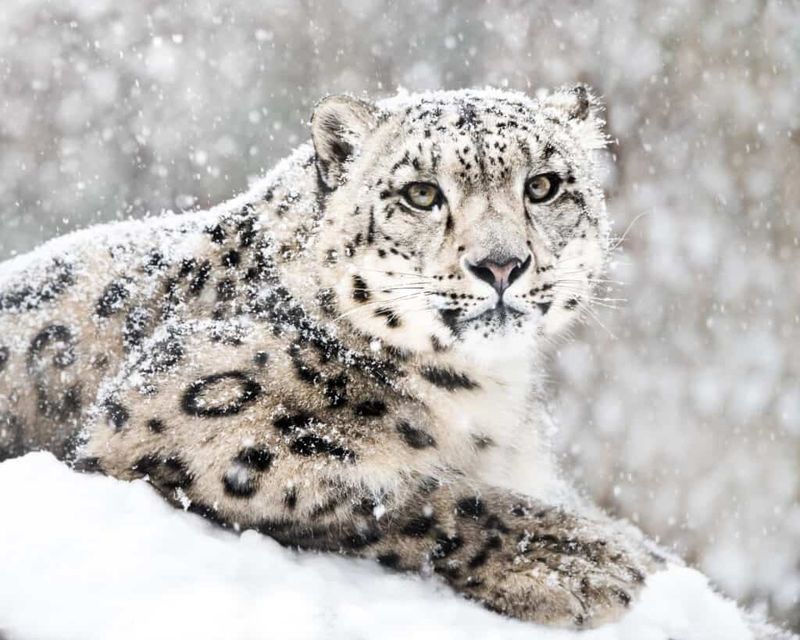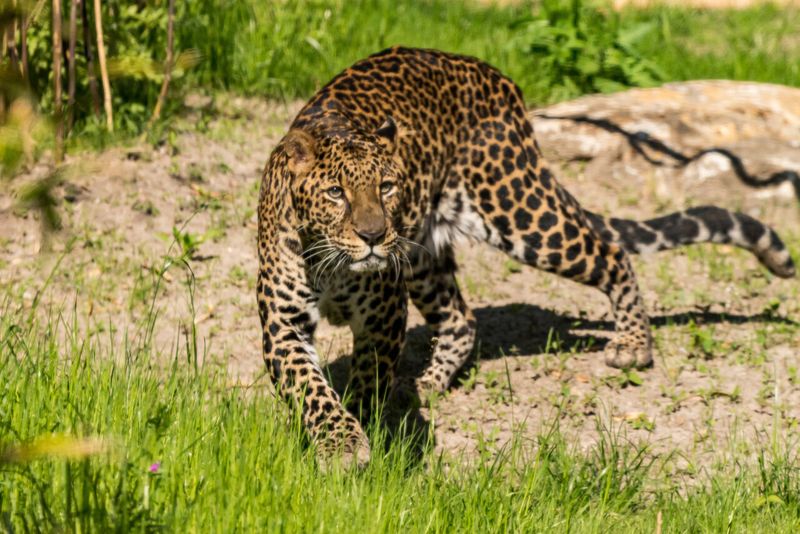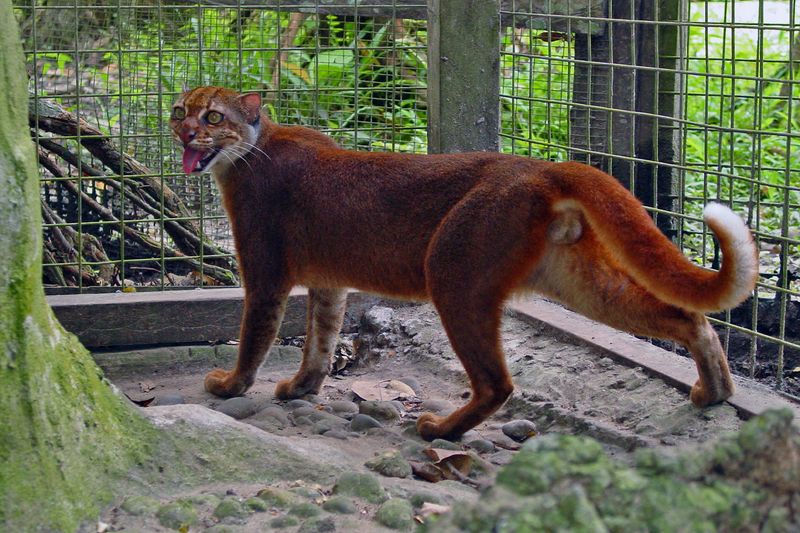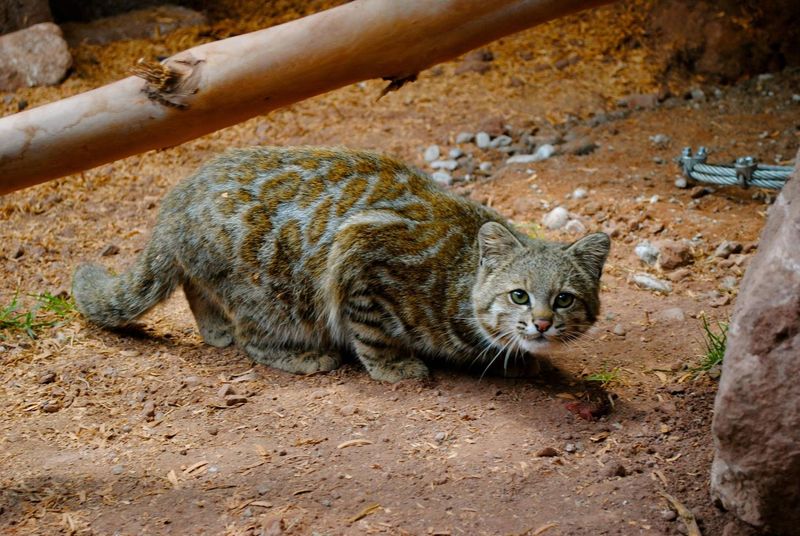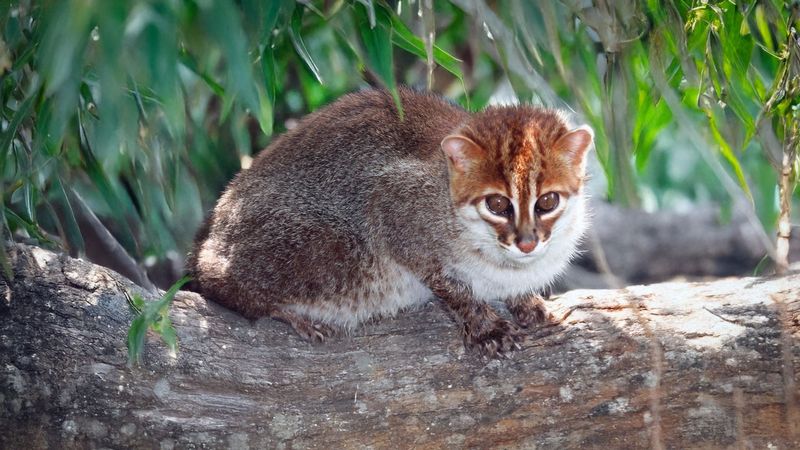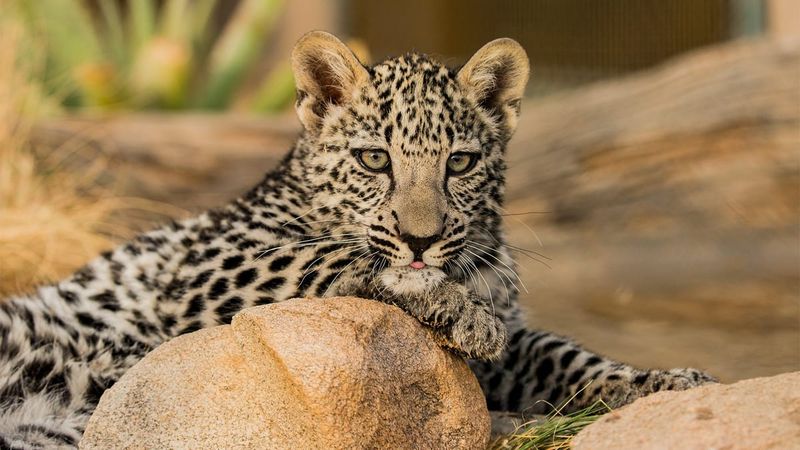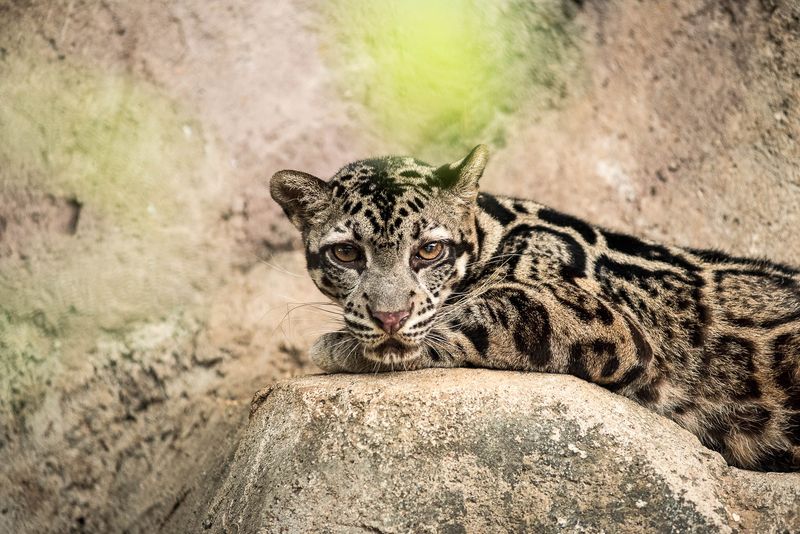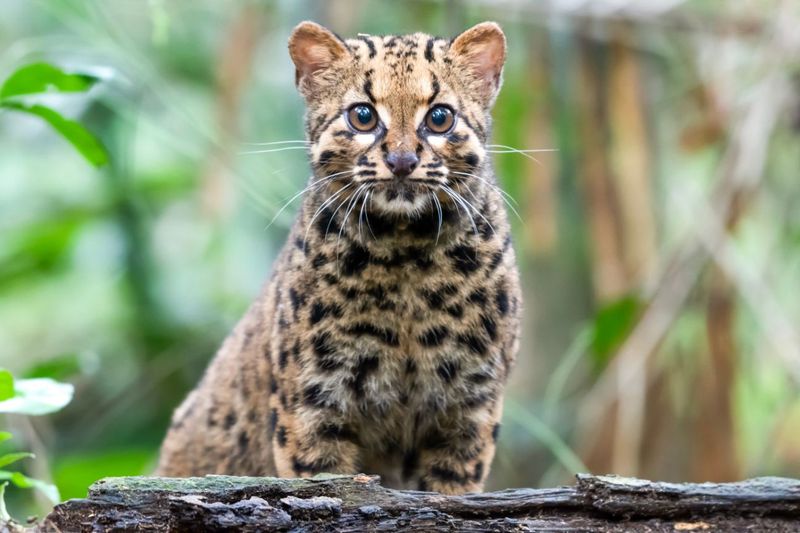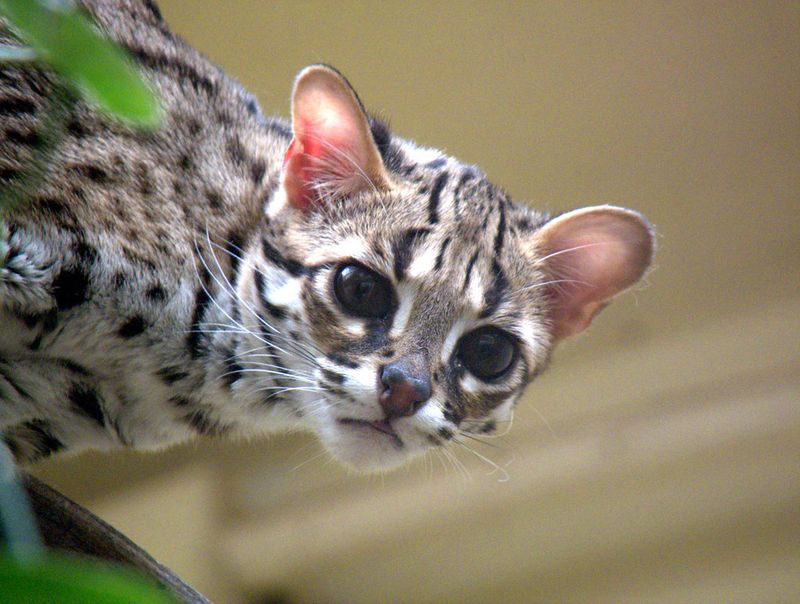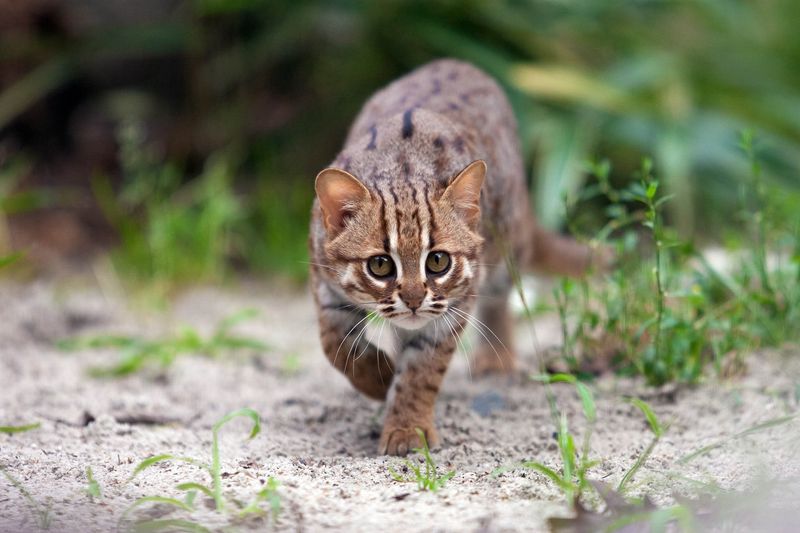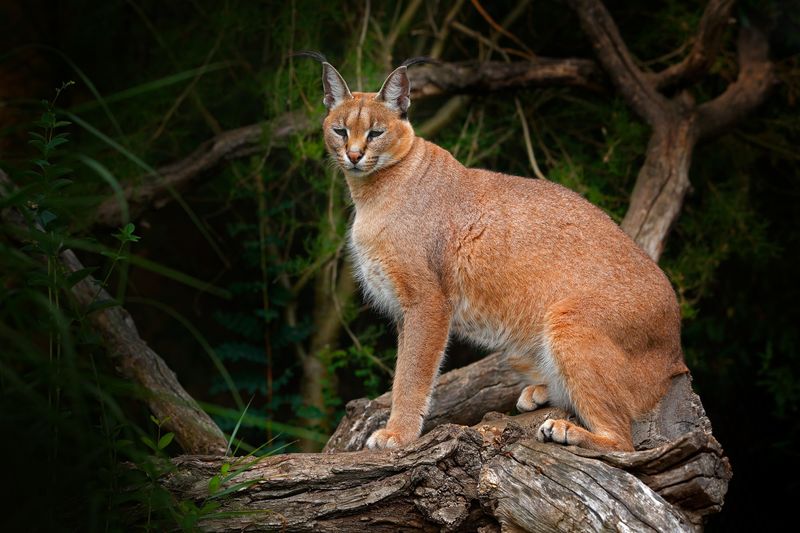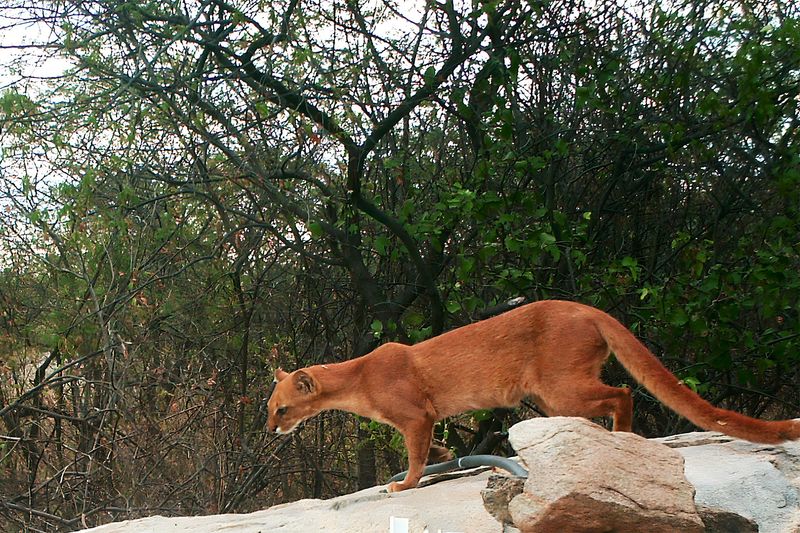📖 Table of Content:
Big cats have long captured the human imagination with their grace, strength, and mysterious presence in the wild. These majestic creatures play crucial roles in maintaining the balance of ecosystems, yet many face grave threats that put them at risk of extinction. Habitat loss, poaching, and human-wildlife conflict continue to jeopardize their survival.
Among the world’s most endangered species are some of the rarest big cats, whose numbers are dwindling rapidly. From the remote forests of Asia to the grasslands of Africa, these magnificent animals struggle to overcome the challenges posed by modern-day threats. Despite their elusive nature, their existence is vital for preserving the biodiversity of their environments.
Efforts to protect these remarkable creatures are more urgent than ever. Raising awareness about the plight of these big cats is crucial in encouraging conservation initiatives. With concerted efforts and global cooperation, there is still hope to safeguard their future for generations to come.
1. Amur Leopard
In the temperate forests of the Russian Far East, the Amur leopard faces critical endangerment, with fewer than 100 left in the wild. Poaching and habitat loss threaten the survival of this elusive feline. Known for its thick, spotted coat and piercing blue eyes, the leopard grows to lengths of 4-7 feet.
Efforts are underway to protect its natural habitat and increase its population through breeding programs. Conservationists are focusing on anti-poaching measures and reforestation. The Amur leopard’s survival depends heavily on these initiatives, making it a symbol of hope for endangered species.
2. South China Tiger
The South China tiger, also known as the Amoy tiger, is possibly extinct in the wild. Native to the dense forests of Southern China, it boasts a striking orange coat with bold black stripes. It’s smaller in size compared to other tiger subspecies.
Conservation efforts are concentrated on breeding programs aimed at reintroducing them into protected areas. This iconic tiger’s future remains uncertain, relying on the continued support of conservation projects. Raising awareness about its plight is essential to ensure its survival and eventual return to the wild.
3. Iberian Lynx
Native to the Iberian Peninsula, the Iberian lynx is one of the world’s most endangered feline species. Recognized by its tufted ears and short tail, this medium-sized cat primarily hunts rabbits in Mediterranean scrublands.
Once on the brink of extinction, conservation efforts have led to a gradual increase in its population. Habitat restoration and breeding programs have been crucial in this success. The Iberian lynx serves as a conservation success story, showing how dedicated efforts can bring back species from the edge of extinction. However, continued support is necessary to sustain their recovery.
4. Snow Leopard
Found in the rugged mountains of Central Asia, including the Himalayas, the Snow leopard is a solitary predator. Its thick white fur and bushy tail make it well-suited to the cold, mountainous regions it inhabits. These physical adaptations allow it to thrive in the harshest of environments.
Facing threats from habitat fragmentation and poaching, the Snow leopard’s numbers are dwindling. Conservationists are working to protect its habitat and mitigate human-wildlife conflict. Community-based programs are crucial, involving local people in conservation efforts. Its captivating presence in formidable landscapes makes it a flagship species for mountain ecosystem conservation.
5. Javan Leopard
Endemic to Java, the Javan leopard is a critically endangered species, with its numbers dwindling rapidly. Its sleek, spotted coat and nimble movements make it a formidable predator in the dense rainforests. Deforestation and poaching are major threats, further pushing this leopard toward extinction.
Efforts to conserve its habitat and increase protected areas are essential for its survival. Breeding programs are also being implemented to help boost the wild population. The Javan leopard’s plight highlights the urgent need for increased conservation measures in biodiversity hotspots like Java.
6. Borneo Bay Cat
A rare and elusive creature, the Borneo Bay cat is native to the island of Borneo and rarely seen in the wild. Its reddish-brown fur and long, elegant tail help it stand out in its dense rainforest habitat. This solitary predator thrives in the heart of Borneo’s rainforests.
Little is known about its ecology and behavior, making conservation efforts challenging. Deforestation poses a significant threat to its habitat. Research and habitat protection is vital to ensure its survival. The Borneo Bay cat’s enigmatic presence continues to intrigue researchers and conservationists alike, driving efforts to learn more about this rare species.
7. Andean Mountain Cat
Found in the high-altitude regions of the Andes, the Andean Mountain cat remains one of the least known wild cat species. With its grey fur and striking facial markings, alongside a bushy tail, it is a distinctive predator. Habitat destruction and hunting continue to jeopardize its survival.
Conservationists are working to protect its natural habitat and reduce human-wildlife conflict in the region. The Andean Mountain cat’s elusive nature makes it difficult to study, but it remains a symbol of the unique biodiversity found in the Andes. Efforts to preserve this species are part of broader highland ecosystem conservation initiatives.
8. Flat-headed Cat
The critically endangered flat-headed cat inhabits the wetlands of Southeast Asia, where it has evolved for an aquatic lifestyle. With a flattened skull and webbed feet, it is uniquely adapted to life in the water. Its diet mainly consists of fish and other aquatic creatures, making it a specialized predator.
Threatened by habitat destruction and pollution, the flat-headed cat’s population continues to decline. Conservation efforts focus on protecting wetland habitats and raising awareness about the challenges it faces. This species represents the incredible diversity of life found in Southeast Asia’s aquatic ecosystems, emphasizing the need for their preservation.
9. Arabian Leopard
The Arabian leopard, inhabiting the arid mountains and deserts of the Arabian Peninsula, is critically endangered. Its spotted coat and slender build are perfect adaptations for its harsh environment. With fewer than 200 individuals remaining, this big cat faces threats from habitat loss and hunting.
Conservation efforts include habitat protection and anti-poaching measures. Community involvement is crucial in ensuring the survival of the Arabian leopard. This species is a vital part of the region’s natural heritage, and its conservation is essential to maintaining the ecological balance in these arid landscapes.
10. Sunda Clouded Leopard
Native to Borneo and Sumatra, the Sunda Clouded leopard is recognized for its distinctive cloud-like markings and long, graceful tail. An expert climber, this arboreal predator is well-adapted to the dense rainforests of its habitat.
With habitat loss and poaching posing significant threats, the Sunda Clouded leopard’s population is declining. Conservation efforts focus on habitat protection and creating wildlife corridors. Research is ongoing to better understand its ecological needs. The Sunda Clouded leopard’s unique beauty and elusive nature make it a symbol of the rich biodiversity found in Southeast Asia’s rainforests.
11. Marbled Cat
A small wild cat native to the rainforests of Southeast Asia, the marbled cat is rarely seen due to its elusive nature. Its marbled coat and climbing prowess make it an adept predator in the dense forest canopy.
Habitat destruction and fragmentation are the main threats to this species. Conservationists are working to protect its natural habitat and raise awareness about its ecological importance. The marbled cat’s survival depends on maintaining the health of its rainforest environment, highlighting the need for sustainable forest management practices in the region.
12. Palawan Leopard Cat
The Palawan leopard cat, native to the Philippines, is a subspecies of the leopard cat found on the island of Palawan. Its spotted coat and alert stance make it a skilled hunter in the dense rainforest.
Threats from deforestation and hunting have led to declining populations. Conservation efforts focus on habitat protection and local community involvement. The Palawan leopard cat’s survival is tied to preserving the unique biodiversity of its island home. Efforts to conserve this species are crucial for maintaining ecological balance in the region’s rich and diverse ecosystems.
13. Rusty-spotted Cat
Hailing from India and Sri Lanka, the rusty-spotted cat is one of the world’s smallest wild cats. Its tiny frame and rusty markings set it apart as it moves stealthily through the forests of the Indian subcontinent. Despite its size, it is a skilled and elusive predator in its habitat.
Despite its elusive nature, the rusty-spotted cat faces threats from habitat loss and fragmentation. Conservation efforts aim to protect its forest habitat and ensure its survival. The species’ presence highlights the incredible diversity of wildlife in the region. Raising awareness about this tiny feline helps promote broader conservation efforts across its native range.
14. African Golden Cat
Inhabiting the rainforests of Central and West Africa, the African Golden Cat is a rare and elusive feline. With its golden-brown fur and solitary behavior, it is often shrouded in mystery. Researchers are drawn to this elusive predator, hoping to uncover more about its secretive life.
Habitat destruction and hunting pose significant threats to its survival. Conservation initiatives focus on protecting its habitat and understanding its ecological role. The African Golden Cat’s presence is vital for the health of its rainforest ecosystem, underscoring the importance of preserving these biodiverse environments. Efforts to study and conserve this species contribute to broader forest conservation goals.
15. Jaguarundi
The Jaguarundi, native to the Americas, is a small wild cat with a sleek body and uniform color. Found in various habitats, including grasslands and forests, it is highly adaptable.
Despite its adaptability, the Jaguarundi faces threats from habitat destruction and human-wildlife conflict. Conservation efforts focus on protecting its diverse habitats and fostering coexistence with local communities. The Jaguarundi’s survival is linked to broader conservation strategies aimed at preserving the ecological integrity of the American continent. Its adaptability makes it a resilient symbol of the region’s wildlife.
